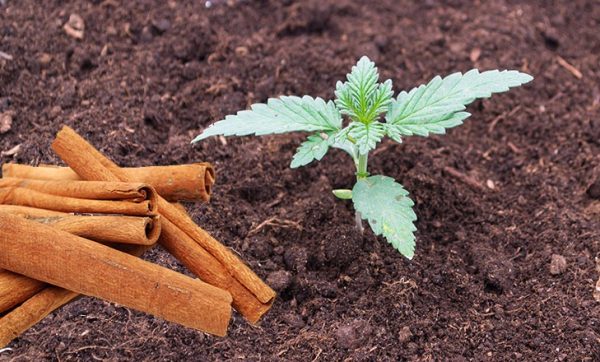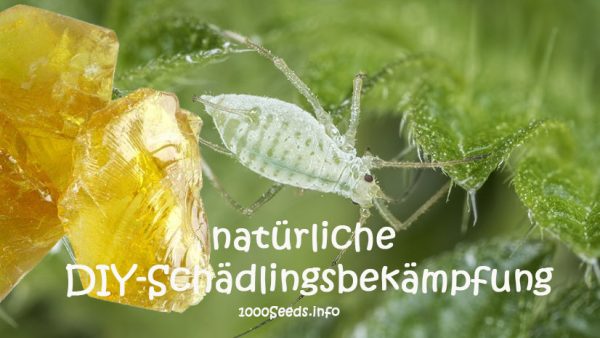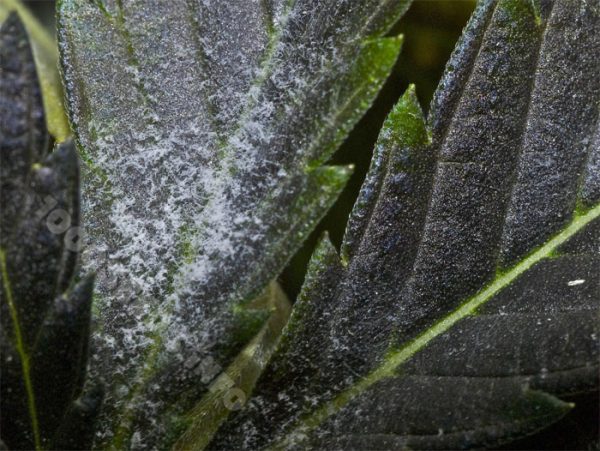Make your own natural insecticides and use them correctly
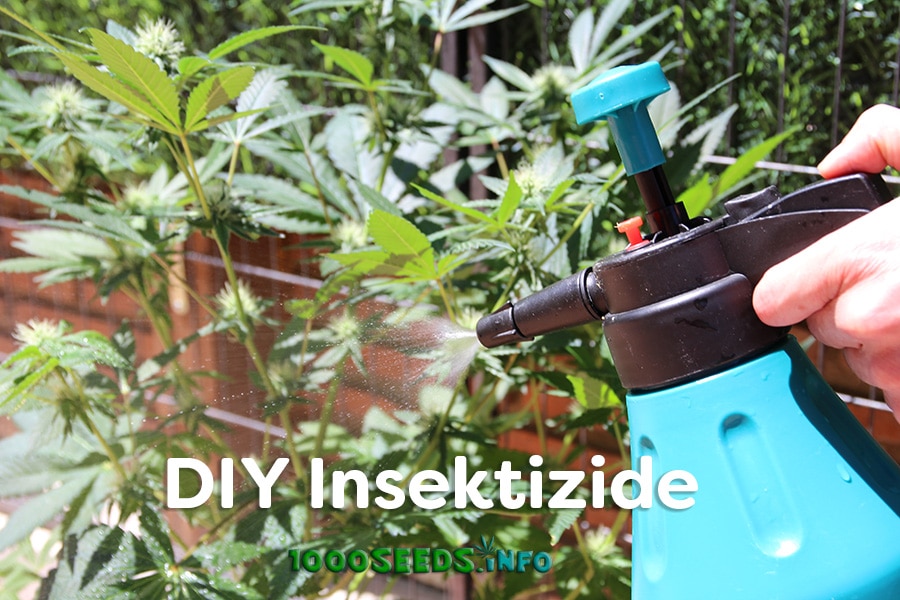
Pest control with natural and homemade spray solutions and measures against unwelcome guests.
In indoor and outdoor cultivation, pests and insects can make life very difficult for the grower or cause limited harvests or even crop failures. However, many growers do not want to use chemical insecticides in order not to reduce the quality and safety of their harvest. Chemical insecticides should only be used, if at all, in an emergency long enough before harvesting and only with insecticides that are approved for fruits and vegetables. In addition, resistance to many chemical agents already exists in the pests or can easily develop, which is why chemical insecticides often have only limited or even no effect at all against certain insects.
That is why many cannabis growers prefer to resort to biological means and measures to get rid of harmful insects or even fungi.
The pesky spider mite can be successfully controlled with some organic and home-made spray mixtures.
Prevention as an important measure
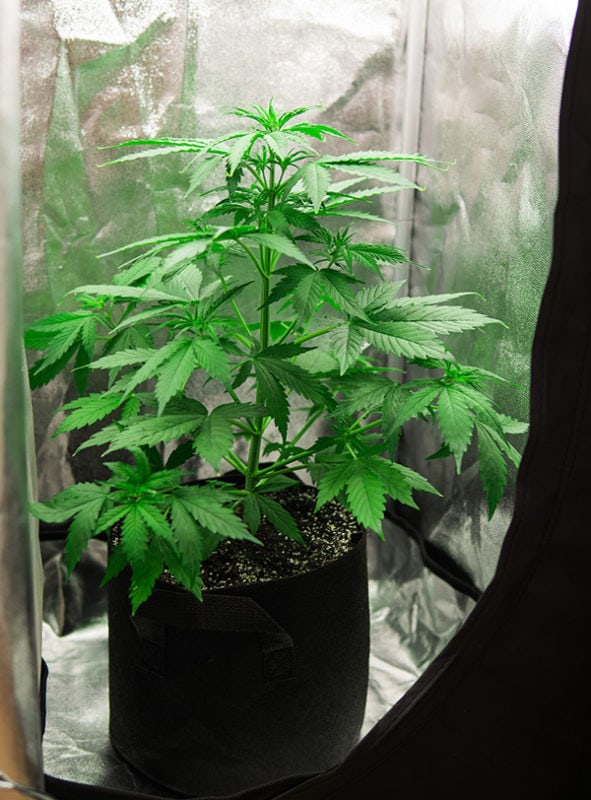
It is always best not to get an infestation of pests in the first place.
Therefore, here are some measures that can help to avoid this:
An important point for controlling pests and diseases is cleanliness in the grow room. Problems and infestations occur mainly in weak and diseased plants, but can also suddenly affect healthy plants. Indoor growers can control pest and fungal infestations in many ways. This requires a completely enclosed grow room, separated from the outside world, which allows full control.
Keep the soil clean, remove dead and broken leaves immediately and do not leave them on the pots. This is a particularly good place for pests to settle and multiply. Harmful fungi, in particular, can enter the garden through tools that have been used. Therefore, you should regularly clean the tools and equipment, e.g. scissors, planting sticks and shovels, and clean them with alcohol, boiling water or a chlorine solution, so that harmful bacteria and fungi are killed. Use your own tools for your grow and not the same ones you use in your garden for other plants.
Wash your hands and wear clean clothes before entering the grow room. Keep in mind that in this warm and humid climate of the grow room, fungi or other pests can easily spread and become a problem. Therefore, it is important to take precautions. If, for example, you have walked past a rose with rust fungus in your garden or have cut it to size, you should not enter your grow room afterwards. The risk of contamination is then very high.
Use grow media only once and then throw it away after the grow is finished. After a grow, the soil is not only depleted and partially caked, it could also be a source for a new pest infestation. Clean and disinfect planters thoroughly after each grow and before you use them again. Although this may seem a little more costly at first, it pays off afterwards when you don't have to deal with pathogens and your harvest is not reduced. Used cannabis soil can easily be reused in the garden for other plants if you have your own garden.
Use cannabis strains that have a high resistance to pests and fungus. In general, indicas are less susceptible to pest infestation, while sativas are less susceptible to fungal infestation.
Keep your plants healthy and make sure they grow quickly under good environmental conditions. A regular and sufficient air exchange as well as air circulation in the growing room make it much more difficult for attackers and can help to avoid an infestation. Fungal spores are less likely to adhere to the leaves if there is good air circulation and they can only multiply to a limited extent.
If you follow all these points, the likelihood of your plants getting a pest infestation is much lower. But sometimes, despite precautions, harmful fungi or insects can take hold. At first, only a few pests or signs of an infestation show up, but in a few days it can spread to the whole grow room and affect all the plants. Many pests lay thousands of eggs in a very short time, which in turn quickly develop into adult pests. So everything can rapidly get out of control.
Insect control made easy
But don't panic! There are some effective methods and ways to control the pest problem, whatever the pest may be. If you find only a few insects on your plant, it can help if you remove the insects and eggs directly by hand or rinse them with water.
Various homemade spray solutions are effective against numerous pests and are also extremely inexpensive. It is not necessary to resort to chemical pesticides. Biological insecticides are often sprayed on the entire plant and can also lead to a blockage of the stomata (leaf pores) and thus to growth retardation. Therefore, you should rinse the sprayed solution off the plant with clear water after 1-2 days to avoid this problem.
DIY Insecticide from Tobacco
Below you will learn step by step how to make your own insecticide with tobacco. This spray solution is suitable for indoor and outdoor cultivation and is quick to make. The tobacco spray solution is very effective because tobacco contains numerous toxic substances that are also poisonous to many pests such as aphids, spider mites, mealybugs and thrips.
Step 1:
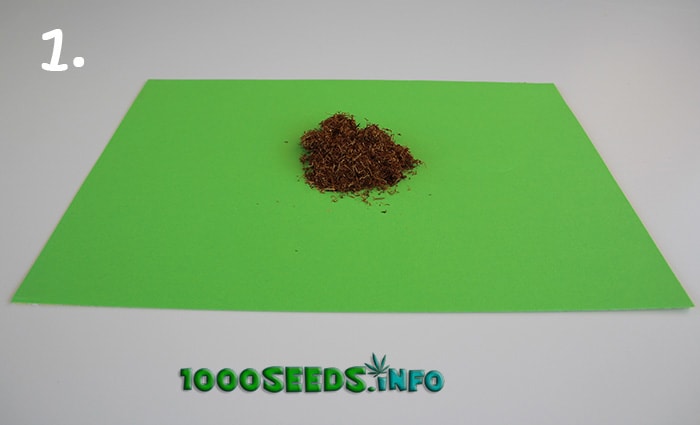
Take a small amount of tobacco (approx. 200g).
Step 2:
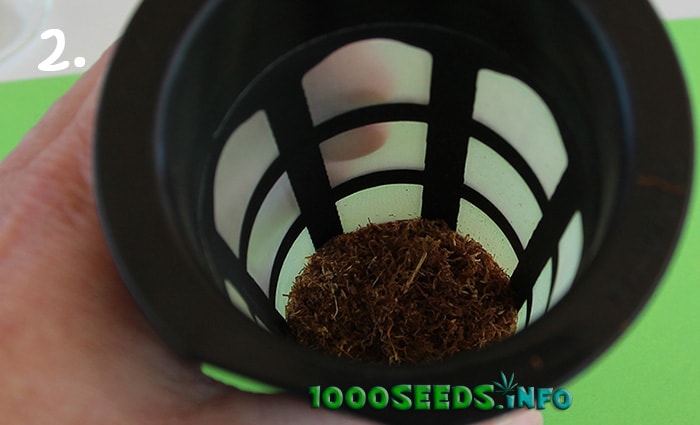
Pour the tobacco into a tea strainer or coffee filter.
Step 3:
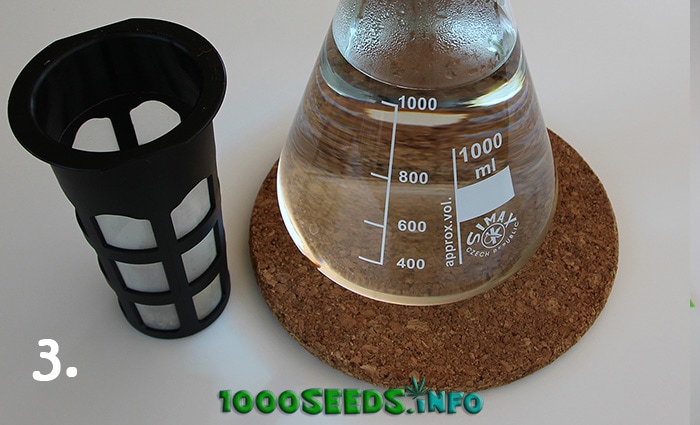
Heat about 1 litre of water.
Step 4:
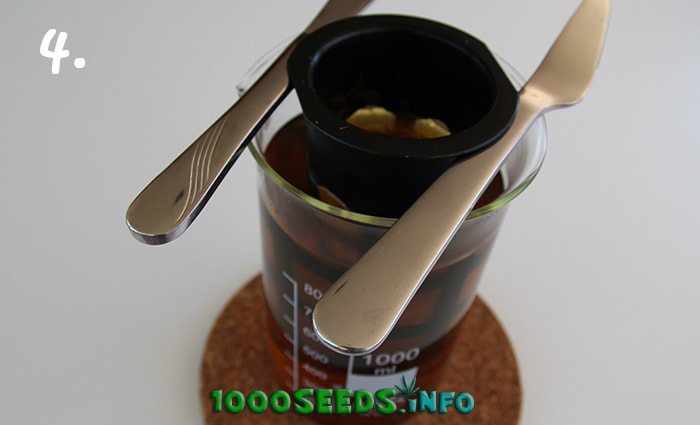
Immerse the tea filter in the hot water for about 1 hour.
Step 5:
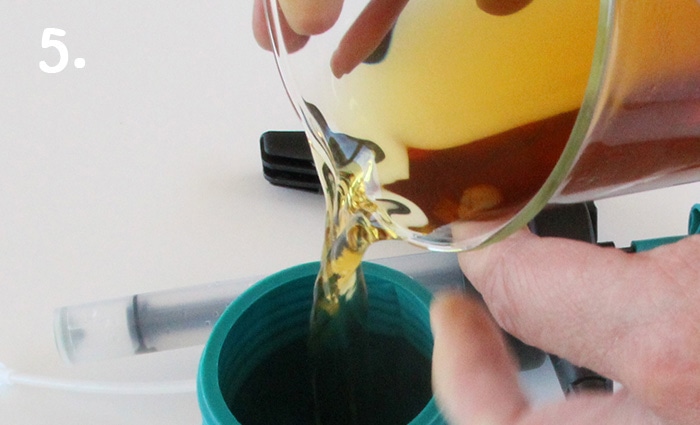
Now pour the mixture into a spray bottle and spray the leaves of the plant from above and below and the plant itself.
Be careful not to inhale the spray, as it contains a high concentration of nicotine. Avoid contact with the skin and eyes. Ventilate rooms well where you use the spray. Do not use the spray on plants that are to be harvested in the next three weeks and do not spray the flowers.
More DIY insecticides to help protect your harvest
- DIY garlic broth: Chop 10 large garlic cloves as small as possible. Pour hot water over them and leave the mixture overnight. The next day, pour the mixture through a fine sieve and into a spray bottle. Now you can spray the plant and the leaves and kill the pests. Repeat the spraying after a week.
- Chillie spray mixture: Ch op several dried hot chilli peppers into fine pieces and pour hot water over them. Let it stand for several hours and then pour the mixture through a filter. Use the mixture to spray the plant and control pests such as spider mites, aphids or even some fungi.
other proportions of homemade spray mixtures & insecticides can be:
- dried chrysanthemum flowers
- Oregano oil
- Cinnamon oil
- Mint oil
- Neem (oil)
- Washing-up liquid: add approx. 4 teaspoons to 1 litre of water and spray the plant with it.
- Citrus oils
- Limonene-D: acts as an insecticide and against harmful fungi and bacteria. It is usually extracted from the peels of citrus fruits and is a very effective contact poison. Best solubilised with a little isopropyl alcohol and then mixed with the water.
- Vinegar: mixed with water and sprayed on the leaves it acts as a contact poison against fungi. A 50:50 mixture with water can kill slugs.







